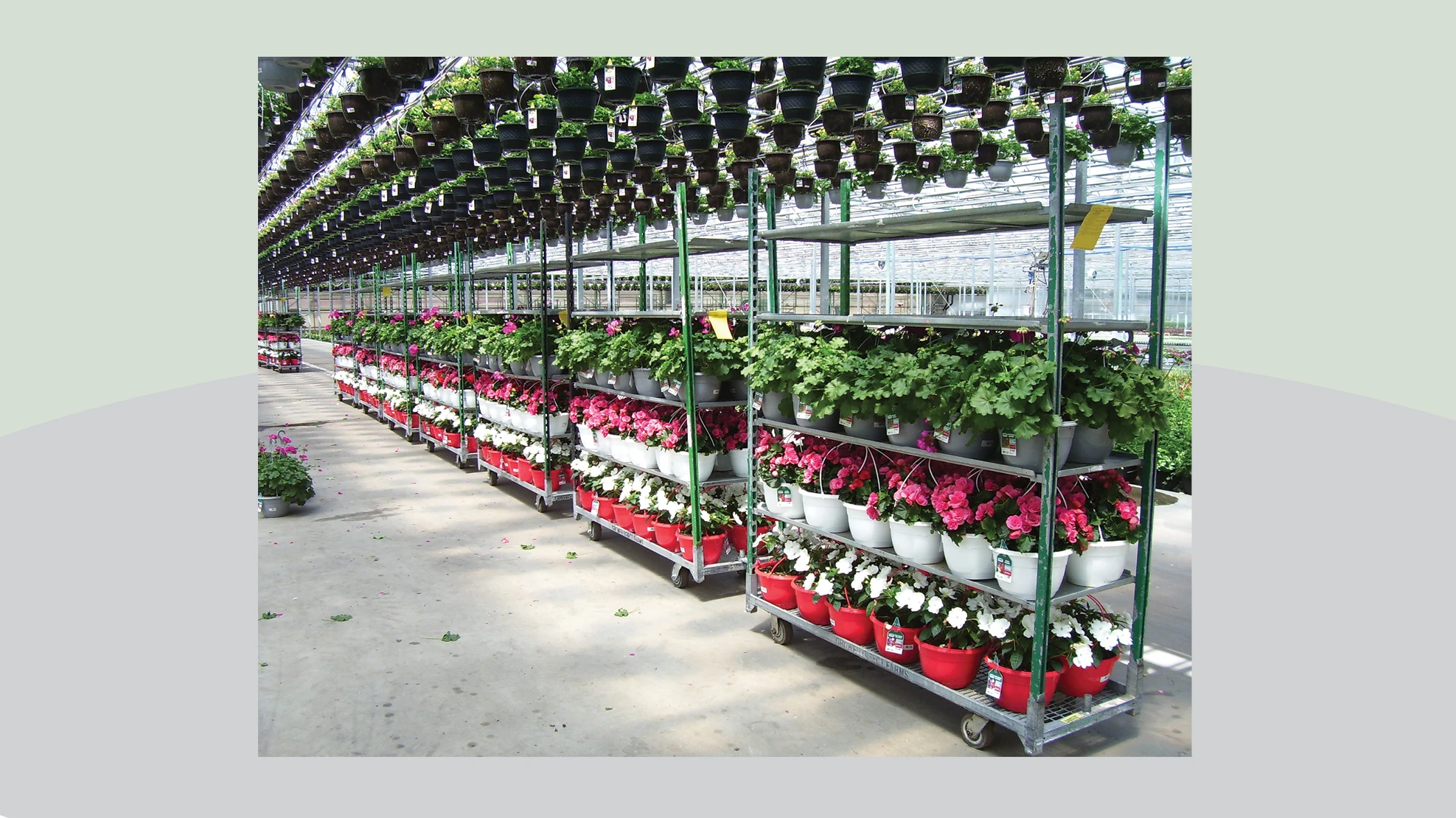
An ideal control system should be customized to each grower’s requirements and adaptable to their changing needs to operate their facilities exactly the way they want. Jeff Neff, senior application technician with Argus Controls, explains what key elements a complete control system should include, as well as how to choose a system based on an operation’s specific needs.
Greenhouse Management: What elements can a complete control system cover?
Jeff Neff: It is important to understand that a control system is a long-term investment that will be connected to the entire operation. A complete control system should be able to address the following elements to ensure an integral solution is being implemented: climate control — which includes CO2 enrichment, irrigation, fertigation, water treatment, heat distribution, energy management, data sharing and custom applications.
GM: What is the criteria for choosing a control system?
JN: Choosing a control system is not an easy task. However, you might want to choose a solution that covers and integrates four main areas: alarms, data recording, equipment monitoring, and remote connection. Another important feature is the ability to override the equipment at the panel. In some situations, it is important to have the ability to use a manual switch.
GM: Why should a control system be versatile?
JN: Every operation has different and specific needs, and only a custom-made solution can provide maximum efficiency. For example, you might need a combined panel with line voltage and controllers in one package made specific for only one of your zones. Also, it is important to consider growth and unforeseen changes in the operation — you want to make sure that your control system adapts to your changing needs even if you don’t have to address all those issues at first.
GM: Why is it important to define your control needs in the planning stage?
JN: A control system is designed and installed based on the horticultural requirements of the operation. Once the needs have been identified, the next step is to find a system that can provide a long-term solution to your plan, and finally, you should define the control application for your control system. Always have in mind that the horticultural requirements should define the system specifications and not let your system limitations define your control system design.
GM: What elements define a reliable control system?
JN: In my opinion, a control system should include the following: remote 24/7 support and service, a system that is equipped with lighting protection circuitry, a solution that provides routine backups of settings and software, and one that can easily replace hardware with minimal technical expertise, as this will help reduce downtime.

Explore the November 2017 Issue
Check out more from this issue and find your next story to read.
Latest from Greenhouse Management
- Society of American Florists accepting entries for 2025 Marketer of the Year Contest
- Sustainabloom launches Wholesale Nickel Program to support floriculture sustainability
- American Horticultural Society welcomes five new board members
- Color Orchids acquires Floricultura Pacific, becoming largest orchid supplier in U.S.
- American Floral Endowment establishes Demaree Family Floriculture Advancement Fund
- The Growth Industry Episode 3: Across the Pond with Neville Stein
- Flowerful growth
- The Growth Industry Episode 2: Emily Showalter on how Willoway Nurseries transformed its business





